The battle raged for most of the day, but by the end of it Henry Grey, Earl of Stamford, had lost half of his forces enabling the Cornish Royalist army to march across the border from Cornwall to Devon. It was a Royalist victory, and a quite remarkable one considering the three thousand Royalist troops, under Sir Ralph Hopton, faced Grey's Parliamentarian army that numbered over five and a half thousand.
|
The Cornish town of Stratton, that lies close to the boarder with Devon, was a manor owned by my ancestors in the early 12th century, its history, and theirs is quite fascinating. Stratton was the head of its hundred (a division of the county for judicial purposes) which is a good indicator of its importance in the north of Cornwall. It had a thriving agricultural and leather trade. By the 17th century there was little to show that my ancestors ever lived there, however on the 16th May 1643, a civil war battle, the Battle of Stratton, took place at the base of Stamford Hill, less than a mile north of the family's castle. The battle raged for most of the day, but by the end of it Henry Grey, Earl of Stamford, had lost half of his forces enabling the Cornish Royalist army to march across the border from Cornwall to Devon. It was a Royalist victory, and a quite remarkable one considering the three thousand Royalist troops, under Sir Ralph Hopton, faced Grey's Parliamentarian army that numbered over five and a half thousand. By July, Hopton had lead his forces in two more battles, one at Crediton and one at Landsdowne, where Hopton was injured. A year later he successfully defended Devizes from an attack by William Waller's forces and two years after that he had taken up a defensive position in the Devon town ofTorrington, a battle that marked the end of Royalist resistance in the West Country. Henry Grey's failure at Stratton and the surrender of the City of Exeter after a three month siege effectively ended his career as a Parliamentary commander.
0 Comments
The 8th of May in Cornwall: Hal an tow and the Furry Dance - One big party but two pagan festivals. The Furry Dance, which is also known as The Flora or Floral Dance, takes place in Helston on or around May 8th every year. Pre Christian in origin, it is a celebration of spring, and one of the oldest British customs still in performed. On this day much dancing takes place, with children dancing hand in hand up and down the Cornish streets but it is the midday dance is perhaps the best known: it was traditionally the dance of the gentry in the town, and today men wear top hats and tails while women wear pretty spring dresses. On the same day, the Hal an tow event takes place, it is a pageant that takes the form of roaming mystery play with historical and mythical themes that represent good versus evil, such as George and the Dragon, as seen here. This event is also based on the seasons but it is quite distinct from the Furry dance.
This festival was suppressed in the nineteenth century owing to the over exuberance of merrymakers and later became associated with drunkenness. The Hal an tow was revived by the Helston Old Cornwall Society in the 1930's and has since merged with the Furry Dance celebrations as one festival. This rather amusing scene depicts Tintagel Castle in Cornwall. Looking over its ramparts is a very angry Ingraine, the wife of Gwrlais the Duke of Cornwall. In the illustration there is trickery afoot, Merlin has used his magic to aid Uther Pendragon's entry into the castle. Pendragon has had his eye on the beautiful Ingraine for ages and had every intention of having his wicked way with her! Poor Ingraine has realised that Merlin has changed Pendragon's appearance and has enabled him to take the form of Gwrlais. When Ingraine sleeps with her husband that night she is in fact really being ravaged by Uther Pendragon - the cad! Ingraine becomes pregnant and later the legendary King Arthur is born.
Just over a hundred years ago in the small Cornish village of St Columb Minor, the villages thatched public house caught on fire, not unusual for buildings of this sort, but what was unusual was what occurred after the fire was out. The public house, the Farmers Arms, caught fire on the 10th of this month in 1913 the cause of which was a firework. Two fire brigades arrived, one from Newquay, who arrived first wearing brand new uniforms and one brigade from St Columb Major, both brigades work together but sadly the fire destroyed the inn. Once the fire was out a 'water fight' between the two fire brigades began. The fight was over the use of the single hydrant which stood near the inn. The hydrant had two hose connectors and the Newquay brigade, who had arrived on the scene forty minutes before St Columb Major had attached their hoses to both connectors. St Columb Major fire brigade, who considered themselves the superior force, were extremely angry that they had to use water from the local pond to help put the fire out turned their hoses on 'rival' brigade. The fight lasted only a quarter of an hour but Newquay’s new uniforms were ruined and both brigades returned home to find later that the incident had been relaid to a national magazine and the rest of the country were reading all about them.
In the book 1066 and All That, a humorous and satirical look at history, it states that the English Civil Wars were fought between the Cavaliers (Wrong but Wromantic) and the Roundheads (Right but Repulsive) and that Charles I thought that "He was king and that was right, kings were divine and that was right, kings were right, and that was right, and therefore everything was alright" We may find the ideas of Divine Right ludicrous and amusing today, but what must be remembered is the cost of it to our ancestors. The English Civil Wars put family against family and father against son and no better example of this is William Frederick Yeames's painting where a little boy in a royalist household is being spoken to by parliamentarians who ask the question "And When Did You Last See Your Father" which quite naturally puts the child in a difficult position and his family in a dangerous one. While researching my 17th century Cornish ancestors I wondered if any of them found themselves in this position, for many were loyal to their king - however a few were not, I have discovered it certainly placed friend against friend. Sir Bevill Grenville of Stowe in Cornwall was a Royalist whose allegiances were torn when his friend St John Eliot of St Germans was incarcerated, on more than one occasion, in the Tower of London for his views on parliamentary rights. Eliot eventually died in the Tower and King Charles refused his son permission to bury his father in his homeland cruelly stating "Let Sir John Eliot be buried in the church of that parish where he died." These men were dealing directly with the fall out of King Charles I's ideas of the Divine Right of Kings and his attempt to enforce it in the wars that raged between 1642 and 1651. These wars resulted in the loss of over eighty thousand lives plus the hundreds of thousands who died from war related diseases, ultimately though King Charles I would be held responsible and he would pay with his life. My research into this period is presently focusing on my family in the years 1636 to 1646, this family lived in the Cornish village of St Columb Major. You can see some of the architecture from that period in two of the images below. In 1641 the marriage of my ancestor took place just five days before parliament passed the Triennial Act, an Act that was drawn up to prevent kings from ruling without Parliament, and in 1645 Royalist troops, under Sir Thomas Fairfax, camped just outside St Columb Major.
The Battle Dyrham in Gloucestershire in 577 severed the tie between the Britons of Wales and their sister tribes of Devon with the effect of allying the county with Cornwall. Just over one hundred years later, after the arrival of the Saxons, what remained of unconquered Devon would become part of Cornwall. When the Saxon’s arrived the lives of the West Country people were turned upside down, no longer could they live their ‘clan’ existence but they had to conform to a new way of living, to the system of cultivation in the open field, areas split into our equivalent of allotments being one of them. In the year, 614 the Saxon's first attack met the people of Devon at Bindon, near Axemouth. Slinging stone have been found at the hill fort of Hawkesdown, this suggests that the Britons had the advantage. Despite this, the people of Devon were defeated enabling their enemy to take over the land of the Axe and Coly Valleys. In 682, the Saxon king Centwine made another attack to the north of Dartmoor, the Anglo Saxon Chronicle tells us that "Centwine drove the Britons to the sea".
The summer solstice or Litha, meaning a stopping or standing still of the sun, by tradition has been attracting people to monuments such as Stonehenge and Avebury for thousands of years. Once gathered people are able to witness the sun rising and setting on the longest day of the year. The origins of the Cornish Obby Oss dates back to the Beltane festival which celebrates the coming of summer or the Celtic worship of horse deities. It has been suggested that it may be related to the tradition of the Grey Mare in South Wales. The Obby Oss is one of many ritual beasts and monsters found in English folk traditions, in addition to Padstow’s Obby Oss there was a tradition in West Penwith of a similar creature called Pengwyn and another named Penglas, meaning grey/blue head, which was probably a horse’s skull that is usually associated with other festive occasions such as the midsummer fire festival Golowan, celebrated in Penzance, which has quite recently been revived. There is mention of a Oss in the Cornish language play Beunans Meriasek, about the life of a saint from the Cornish town of Camborne and the Oss is a companion or follower.
16th May 1643The Cornish town of Stratton, that lies close to the boarder with Devon, was a manor owned by my ancestors in the early 12th century, its history, and theirs is quite fascinating. Stratton was the head of its hundred (a division of the county for judicial purposes) and was an important stannary town in the north of Cornwall. It had a thriving agricultural and leather trade. By the 17th century there was little to show that my ancestors ever lived there, however on the 16th May 1643, a civil war battle, the Battle of Stratton, took place at the base of Stamford Hill, less than a mile north of the family's castle. The battle raged for most of the day, but by the end of it Henry Grey, Earl of Stamford, had lost half of his forces enabling the Cornish Royalist army to march across the border from Cornwall to Devon. It was a Royalist victory, and a quite remarkable one considering the three thousand Royalist troops, under Sir Ralph Hopton, faced Grey's Parliamentarian army that numbered over five and a half thousand. By July, Hopton had lead his forces in two more battles, one at Crediton and one at Landsdowne, where Hopton was injured. A year later he successfully defended Devizes from an attack by William Waller's forces and two years after that he had taken up a defensive position in the Devon town of Torrington, a battle that marked the end of Royalist resistance in the West Country.
Henry Grey's failure at Stratton and the surrender of the city of Exeter after a three month siege effectively ended his career as a Parliamentary commander. Methodist preacher John Wesley wrote of his first open air sermon. "I could scarce reconcile myself to this strange way of preaching in the fields, having been all my life till very lately so tenacious of every point relating to decency and order, that I should have thought the saving of souls almost a sin if it had not been done in a church." John Wesley would go on to preach outdoors many times, one particularity impressive location that was perfect for this was in the village of Gwennap in Cornwall, a Cornish village situated in the heart of the counties tin mining region. A depression, known as Gwennap Pit, that was created by mining subsidence, is situated on the edge of the village, the woodland that once surrounded it have long since disappeared, a direct result of the demand for charcoal that was used in the smelting of the tin. By the time Wesley visited Gwennap the pit had weathered and was completely covered with grass, Wesley described it as a round, green hollow, gently shelving down. John Wesley would preach in the open at Gwennap Pit eighteen times after first visiting on the 5th September 1762. Of this visit Wesley stated “The wind was so high at five that I could not stand in the usual place at Gwennap. But at a small distance was a hollow capable of containing many thousand people. I stood on one side of the amphitheatre toward the top, with people beneath and on all sides, and enlarged on those words from the Gospel for the day ‘Blessed are the eyes which see the things that ye see’...... and hear the things which ye hear’. John Wesley's Methodism was popular in Cornwall, it's simple teachings of comfort and hope and ultimate salvation appealed to miners and fisherman who faced danger every day of their lives, people would flock to Gwennap where they could be reassured by Wesley's words. My great grandparents were the second couple to be married in the their local Wesleyan Church when it was completed in 1904, my parents would be married there two generations later.
Gool Peran Lowen! Happy St Pirans day to you all. The Cornish cheered loudly when work began to uncover the ancient St Piran’s Oratory in Perranporth this time in 2014, it has taken the St Piran’s Trust fifteen years of campaigning to achieve this. The 5th March is St Pirans Day where Cornwall celebrates the landing on a small Cornish beach many many years ago of St Piran.
St Piran was born in Ireland and made a Bishop after he returned from Rome where he had been studying. St Piran got into trouble when he brought soldiers back to life after they were killed during skirmishes between rival Irish kings. These tribal leaders were naturally angry and St Piran was forcefully expelled from his native Ireland by being flung into to sea with a large boulder around his neck. Ironically, the miracles that were the cause of his expulsion also saved his life, he is said to have miraculously floated across the sea coming ashore on Perran Beach, Perranporth. It was here he built his chapel or oratory. The Oratory has been excavated twice and in 1910 a concrete shell was erected over the structure to protect it. The 2010 dig was to find out at what depth the remains. Two other small pits were dug to get an idea the nature of the below ground remains. James Gossip from the Historic Environment Service said of the exercise as a success. “The main trench identified some of the remains of the concrete block shell. We can now begin to work out how much sand would need to be removed to uncover the Oratory and design a detailed proposal to take the project forward” Piran, of course, is also famous for accidentally discovering tin. The story goes when a black stone on his fireplace got so hot that a white liquid leaked out. It was this discovery that earned Piran the title ‘Patron Saint of Tinners’. Tin mining was the mainstay of Cornish industry for many years. Pirans discovery also forms the basis of the Cornish flag, the white hot tin on the black of the ore. |
Archives
February 2024
Categories
All
After ten years in the workplace I became a mother to three very beautiful daughters, I was fortunate enough to have been able to stay at home and spend my time with them as they grew into the young women they are now. I am still in the position of being able to be at home and pursue all the interests I have previously mentioned. We live in a beautiful Victorian spa town with wooded walks for the dog, lovely shops and a host of lovely people, what more could I ask for.
All works © Andrea Povey 2014. Please do not reproduce without the expressed written consent of Andrea Povey. |

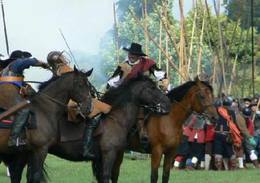
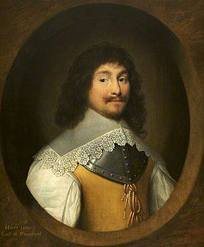
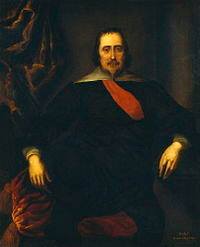
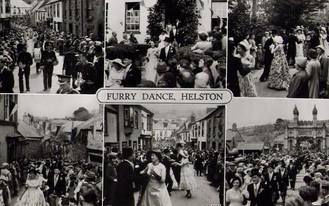
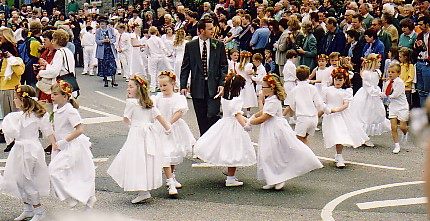
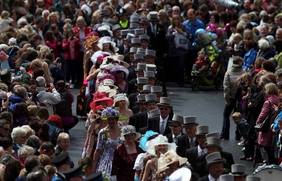
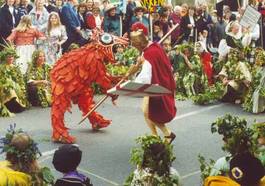
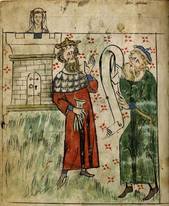
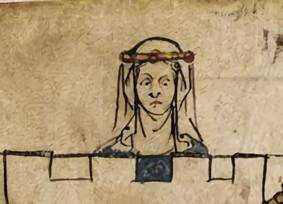
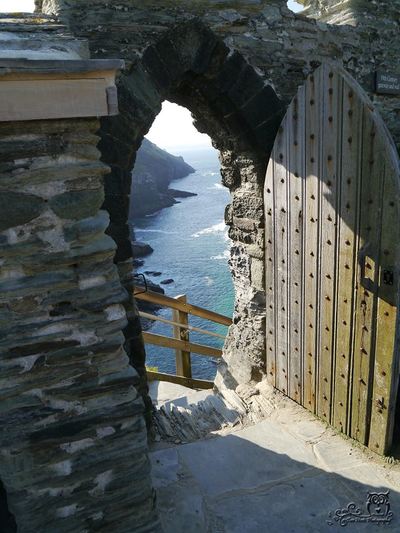

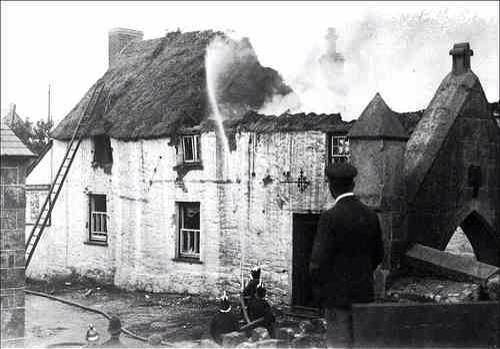
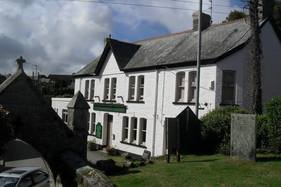
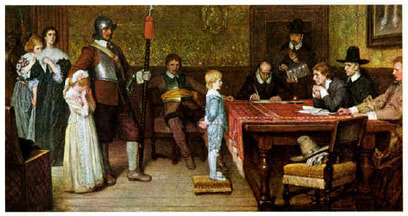
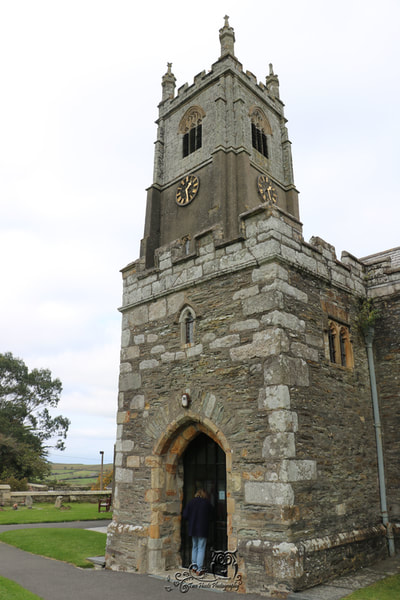
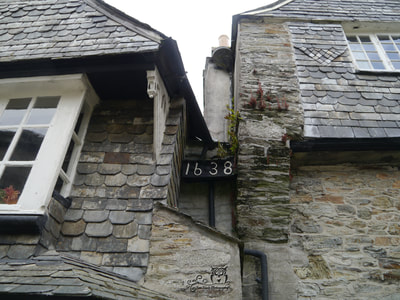
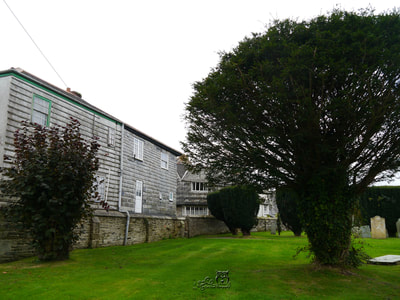
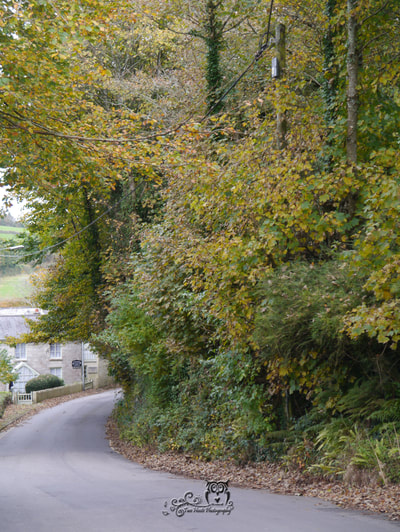
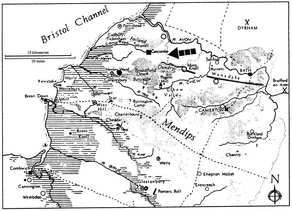

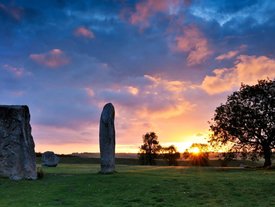
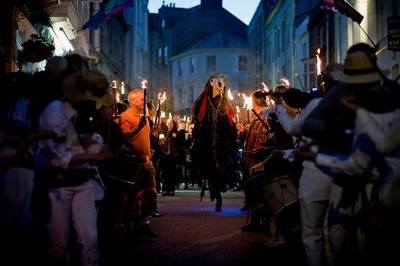
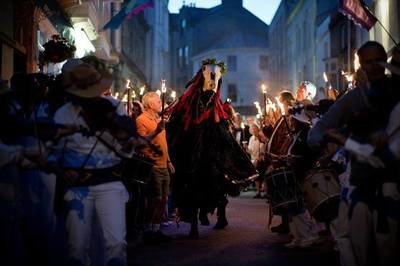
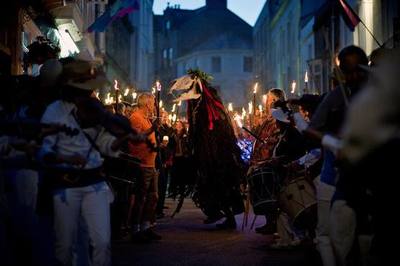
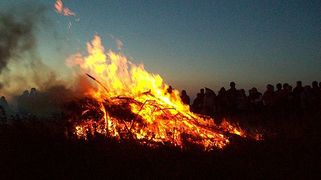

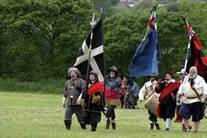
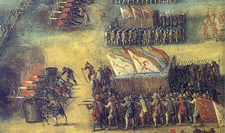

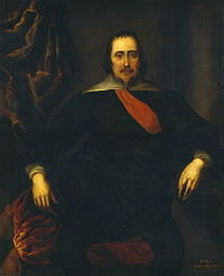
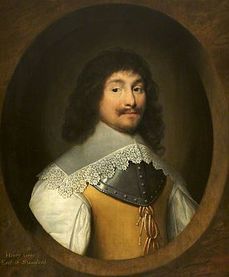
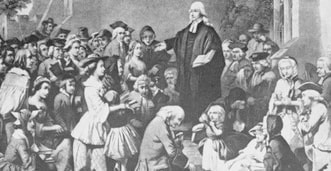
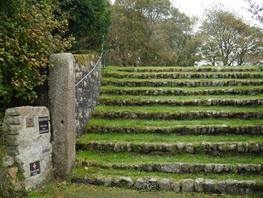
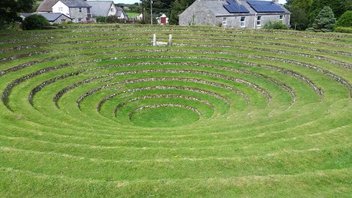
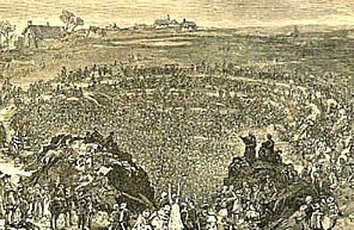
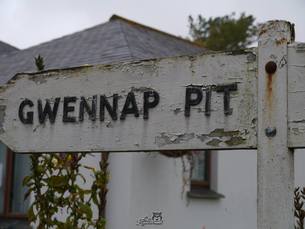
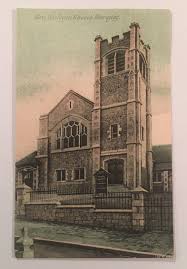
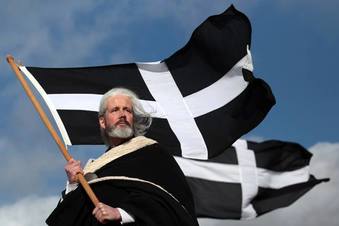
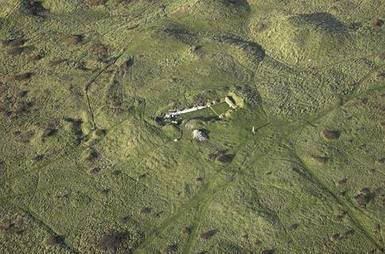

 RSS Feed
RSS Feed
